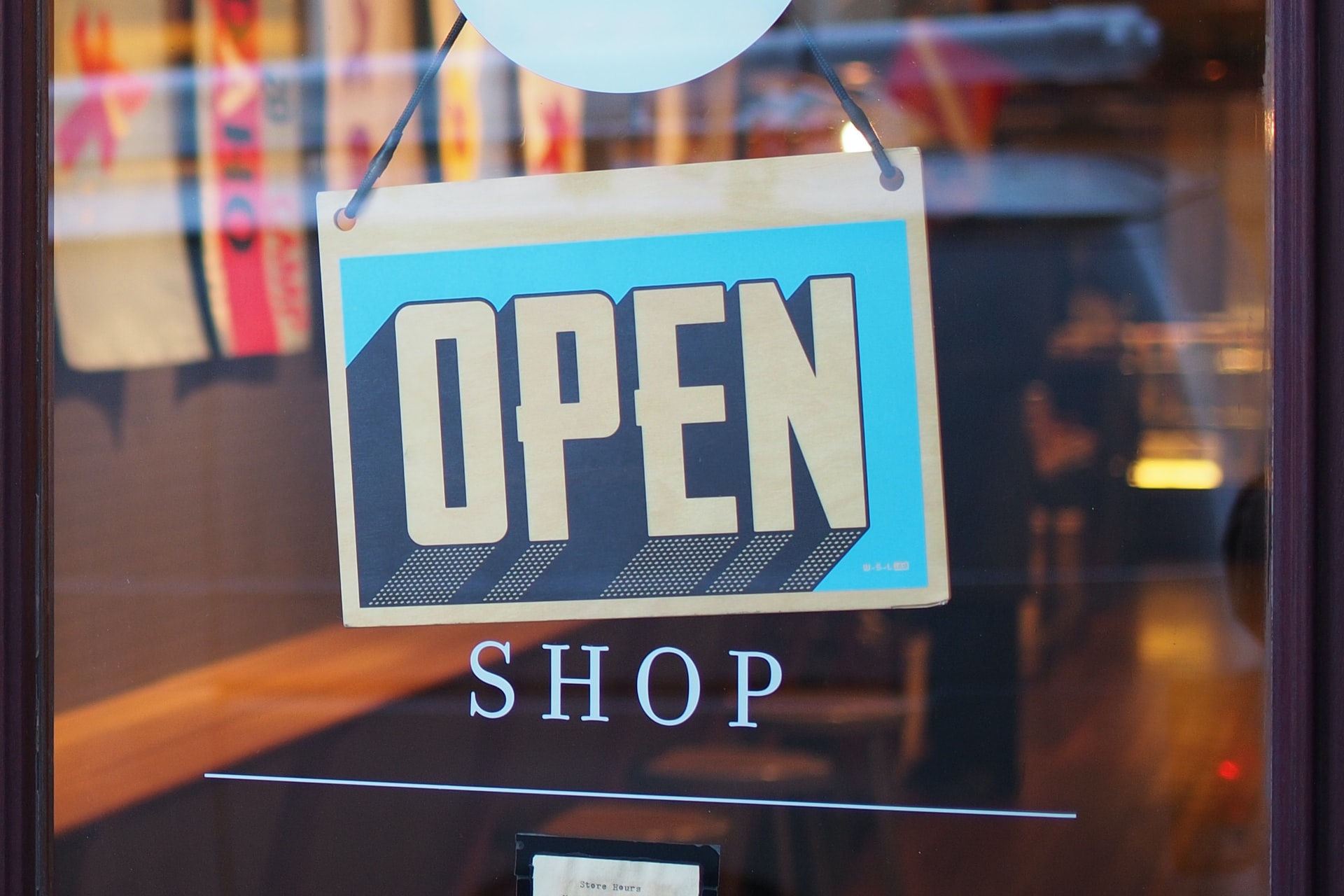10 Opportunities to Bridge Online & Offline Retail
Category: How-tos
offlineonline
Without a doubt, retailers today are looking to have a presence that covers both online and offline elements of their consumers’ lives. This article is a guide on how to reach excellence in both virtual and physical retail directions.
1. Engagement
Offline-online integration is impossible without following the basic principles of customer service, and engaging is one of them. Polite, caring, and helpful staff presents the brand in a positive light and builds trust with the customer. Only then can you think about implementing new revenue-increasing strategies, such as integrating your physical store with e-commerce.
2. Executional Excellence
Physical store staff should be well trained on how to use an e-commerce store, and advise customers if necessary. Customers often need help registering, creating an account in the loyalty program, checking the status of the order, and so on.
Besides, the staff is always up to assist a customer. If the desired product is not available, the store seller should offer an alternative to e-commerce inventory.
Finally, offline-online integration features cross-selling and upselling. When collecting the order, a customer would be delighted to be offered complimentary items( f.e cute socks).
3. The Brand Experience inside the Store
An important part of successful online integration is the customers’ “path” inside the store. There are several ways to get offline shoppers attracted to online stores.
It is important to provide clear indications about the online store, e.g. door sign, fitting room, or another place where customers will be welcomed with promotional messages.
The advantages of modern technology provide sellers with unprecedented opportunities when it comes to an attractive customer experience. Provide customers with an unexpected level of convenience. Give them access to a free high-speed Wi-Fi connection, beacons, or virtual changing rooms
4. Expediting
Physical stores suffer from one important disadvantage compared to e-commerce stores: waiting. In busy hours, it feels like a lifetime waiting for a free fitting room and a line to checkout is a special kind of a quest. Imagine what happens during Black Fridays or Christmas!
There are many queue-unloading solutions available:
- Assisted service.
- Self-service.
- Mobile POS Problem recovery
- Flexible delivery and payment options
5. Crossing Channels
According to Kibo software research, 94% of customers make online research before going to an offline store. This means that many store visitors already have a strong idea of what they want before even passing your door. Your task is to guarantee a user’s pleasant experience on the web page of your shop. Most significant retailers and services like Zara took care of it. So you can make it all alone or hire a professional team of IT specialists, photographers to create the best description of your items and make everything on the site run smoothly.
6. Doing More with Data
It is all about understanding your customers’ needs and identifying the best way to deliver them.
Collecting customer information in a store can be very beneficial.
As customer profiles take shape, smart and contextual email marketing techniques can be used. For example, if it’s raining outside and you have something to offer to protect your clients from unfavorable weather conditions, you can email customers highlighting a relevant offer. Alternatively, you can suggest a few recommendations based on the previous purchase. You can also use the Essay Writing Service where experts can help you find a good option for contextual email marketing.
7. Getting the Tech Right
With the smart eCommerce platform, you can easily reconcile the online and offline elements of your business. At Williams Commerce, for instance, they offer a consultative approach to enable a smooth, effective omnichannel eCommerce experience.
8. Personalized Offers
Vendors can use online data to customize offers for shoppers. Why not send a virtual coupon that can be used at the physical store? Or maybe an invitation for an in-store event? Another suggestion to blur the lines between online and offline is to give shoppers a unique code based on their purchase to save money the next time they make an online order? These actions not only encourage positive behavior but also show customers that you understand them and value their loyalty.
9. Location-Based Targeting
Marketers can use website targeting to entice customers to buy products on the go. This can be done by sending a push-push notification when entering or exiting an area that violates the law. This is also visible when candles enter the store. Beacon technology enables shoppers to deliver a personalized experience even when the shopper is in the store. This creates a direct link with the integration of every step of the customer journey.
10. Utilizing Cross-Channel Marketing
Cross-channel marketing is the use of a variety of offline and online channels to deliver marketing campaigns to customers. To fill the gap between offline and online space, marketers need to integrate channels with each other, transfer and proceed data from one channel to another. This can be done with various technologies such as APIs, RFID, and URLs.
Wrapping Up
Filling the gap between online and offline presence is the main goal of many marketers. Having learned these X opportunities to Bridge Online & Offline Retail retailers can improve their performance on the market and create a whole image of their enterprise.






